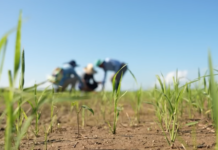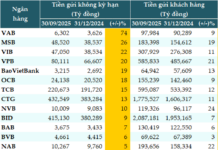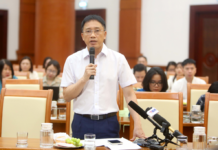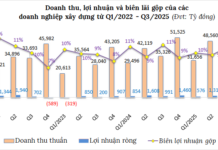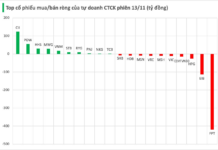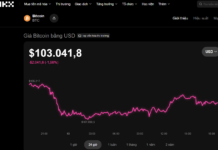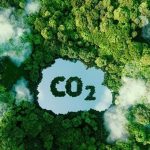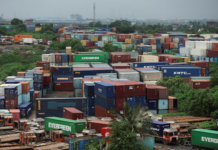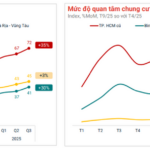A recent report highlights that towards the end of 2023, the Ministry of Agriculture and Rural Development (MARD) transferred 10.3 million tons of carbon (CO2) to the World Bank (WB) as per their agreement. WB then confirmed the transfer of approximately 95% of the emission reduction results back to Vietnam, contributing to the NDC commitment under the ERPA and Decree No. 107/2022/ND-CP.
Prior to this, WB sent an official letter to MARD confirming the emission reduction results in the North Central Region for the 2018-2019 period, amounting to 16.21 million tons of CO2. Of this, 10.3 million tons of CO2 were transferred to WB under the ERPA.
As per the signed ERPA, WB has the option to purchase an additional 5 million tons of CO2 at a price of 5 USD/ton, with around 95% of the transferred results being returned to Vietnam to contribute to the NDC. WB has proposed to buy an additional 1 million tons of CO2 from the emission reduction results of the North Central Region for the 2018-2019 period.
MARD has reported to the Prime Minister and proposed a plan to transfer an additional 1 million tons of CO2 to WB under the signed ERPA. They have also proposed a solution for the remaining 4.91 million tons of CO2 for the same period.

After the transfer of 10.3 million tons of CO2 to WB, the North Central Region’s six provinces still have almost 6 million tons of CO2 left over from the 2018-2019 period. Illustrative image |
Regarding the additional transfer of 1 million tons of CO2 to WB, this falls within the maximum additional amount of 5 million tons of CO2 as per the signed ERPA. The Government has authorized MARD to act on behalf of the Government of Vietnam and the forest owners in the six provinces of the North Central Region for this transfer during the ERPA implementation period.
Moreover, as the emission reduction results were generated in the past (2018-2019), it would be challenging to find other partners for exchange or trade, and the value may decrease over time. Meanwhile, the domestic carbon market is set to be officially established and operated by 2028.
Therefore, to continue mobilizing additional resources for forest protection and development, MARD proposes and recommends that the Prime Minister allow the Ministry to proceed with the additional transfer of 1 million tons of CO2 to WB.
For the remaining 4.91 million tons of CO2 from the emission reduction, WB has not proposed to purchase more. Thus, Vietnam has the right to transfer this to other potential partners. However, up to this point, MARD has not received any proposals from organizations or partners regarding the exchange or transfer of this emission reduction.
In this case, Vietnam can use the remaining emission reduction to contribute to the national NDC. Should there be any interested organizations or partners, MARD will study and propose a management and utilization plan for the revenue, taking into account the opinions of the Ministry of Finance, the Ministry of Natural Resources and Environment, and the six provinces of the North Central Region. Subsequently, a report will be submitted to the Prime Minister for consideration and decision-making to ensure no impact on the contribution to the NDC.
In the event that the Prime Minister has not agreed to the transfer of the remaining emission reduction from the North Central Region for the 2018-2019 period (including the proposed 1 million tons to WB and the remaining 4.91 million tons), MARD recommends sending an official letter to WB regarding the non-transfer of the additional 1 million tons of CO2.
Once the evaluation and conclusion of the implementation of Decree No. 107/2022/ND-CP are available, MARD will propose a management and utilization plan for the remaining emission reduction and report to the Prime Minister for consideration and decision.
Tam An
National Carbon Credit Registry System Establishment to be Expedited per Prime Minister’s Directive
To ensure the implementation of the commitment to reduce greenhouse gas emissions by 2030 under the Nationally Determined Contribution (NDC) and achieve net-zero emissions by 2050, it is essential to develop and implement greenhouse gas emission reduction plans for various sectors, as well as develop carbon markets and carbon credit management mechanisms.


